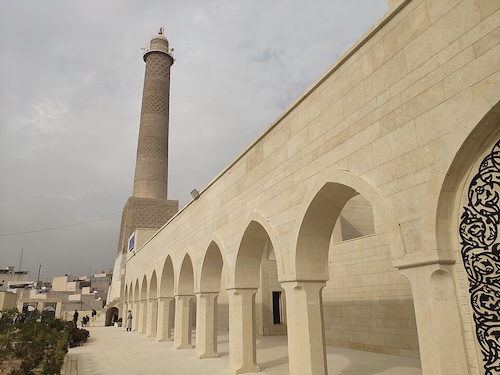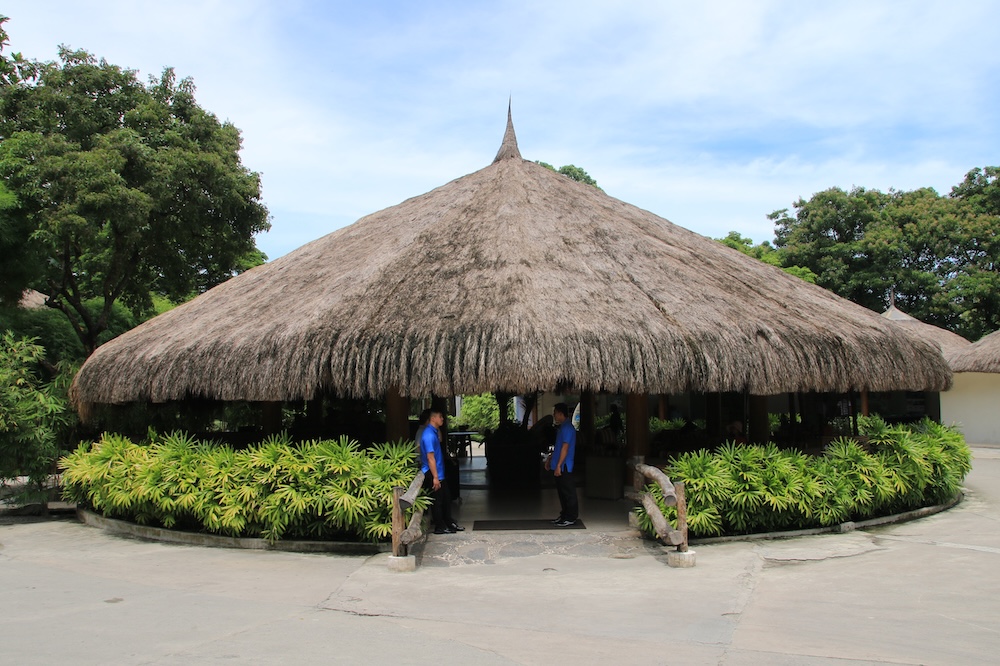Mosul Grand Mosque reopened after IS devastation
On September 1, 2025, Iraq’s Prime Minister officially reopened the historic al-Nuri Grand Mosque and its iconic leaning minaret, located in the heart of Mosul’s Old City. This event marks the culmination of an eight-year reconstruction effort following the mosque’s destruction in 2014 by the Islamic State (IS) militants.

For nearly 850 years, the mosque’s leaning minaret served as a defining architectural and cultural landmark. The mosque was deliberately destroyed when IS, facing military defeat by Iraqi forces in 2017, detonated explosives within the structure. The reconstruction after this war crime against Cultural Heritage was carried out through a collaboration between UNESCO, Iraqi heritage professionals, and Sunni religious authorities, utilizing traditional building techniques and carefully salvaging materials from the original ruins.
The project was funded by $115 million raised by UNESCO, with significant support from the United Arab Emirates and the European Union. Beyond the mosque, the reconstruction initiative extended to include several war-damaged churches, aimed at preserving the heritage of Mosul’s diminishing Christian community.
This restoration effort is set against the backdrop of IS’s brutal campaign in the region, which included atrocities such as the beheading of civilians and the systematic sexual enslavement and abuse of Yazidi women, one of Iraq’s oldest religious minorities.
Mosul today stands as a symbol of Iraq’s cultural and religious diversity. Despite the challenges faced—including the near displacement of its once vibrant Christian population, reduced from approximately 50,000 in 2003 to fewer than 20 families presently residing permanently—the city continues to welcome all communities, reflecting the rich tapestry of Iraqi society. The ongoing preservation of its historic religious sites plays a critical role in maintaining this diversity and cultural memory.




